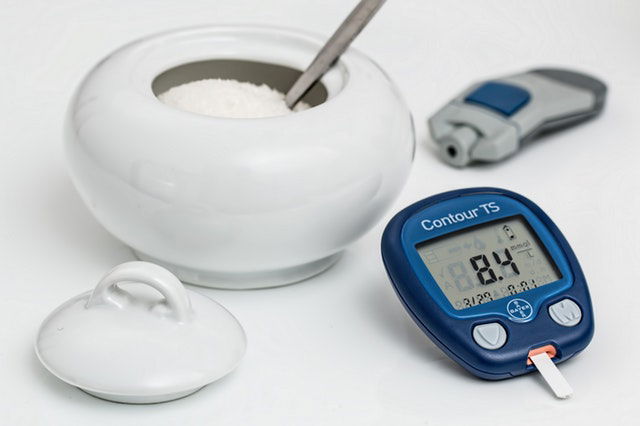
In a new study from the University of Pennsylvania, researchers find that a common class of drugs used to treat diabetes could control inflammation by curbing immune cells.
The diabetes drugs can take a powerful check on immune cells by controlling the metabolic fuel they use to generate energy.
This may inhibit the onset of obesity and diabetes following tissue inflammation.
When tissue is damaged, one of our body’s first inflammatory immune-system responders are macrophages.
These cells are commonly thought of as “construction workers” that clear away damaged tissue debris and initiate repair.
However, prolonged inflammation promotes the progression of many diseases, including obesity.
Previous research has shown that pvernutrition, an excess intake of calories which can lead to obesity, causes a buildup of fat that can significantly damage tissues.
When this happens, macrophages infiltrate the affected tissues, sequester free fatty acids, and help repair damaged tissue—essentially acting as a protector of the body during times of metabolic stress.
However, extended stress on these tissues activates inflammatory characteristics in macrophages that contribute to several systemic effects of obesity including diabetes, atherosclerosis, and cardiovascular disease.
Previous research has shown that diabetes drugs called thiazolidinediones (TZDs) control gene expression by targeting a factor called PPAR gamma.
PPAR gamma is important for macrophages to enter an active state to reduce inflammation and promote wound healing.
But it was unknown if this was controlled through macrophage metabolism.
In the study, the team found that the TZDs, working through PPAR gamma, promote the metabolism of an amino acid called glutamine, a protein building block necessary for macrophage activation.
The team found that macrophages lacking PPAR gamma are unable to use glutamine as an energy source and therefore are more susceptible to inflammatory stimulation.
The researchers suggest their findings are highly relevant to treatment strategies that use TZDs for diabetes.
The findings also enhance the justification for using TZDs to treat systemic inflammation that accompanies many types of disease, including obesity and diabetes.
The study is led by Mitchell Lazar, MD, Ph.D., director of the Institute for Diabetes, Obesity, and Metabolism in the Perelman School of Medicine.
The co-first author Victoria Nelson, Ph.D., is a postdoctoral fellow in Lazar’s lab.
The study is published in Genes and Development.
Copyright © 2018 Knowridge Science Report. All rights reserved.
Follow Knowridge Science Report on Facebook and Twitter.
Figure legend: This Knowridge.com image is for illustrative purposes only.
Journal reference: Victoria L. Nelson et al, PPARγ is a nexus controlling alternative activation of macrophages via glutamine metabolism, Genes & Development (2018). DOI: 10.1101/gad.312355.118



